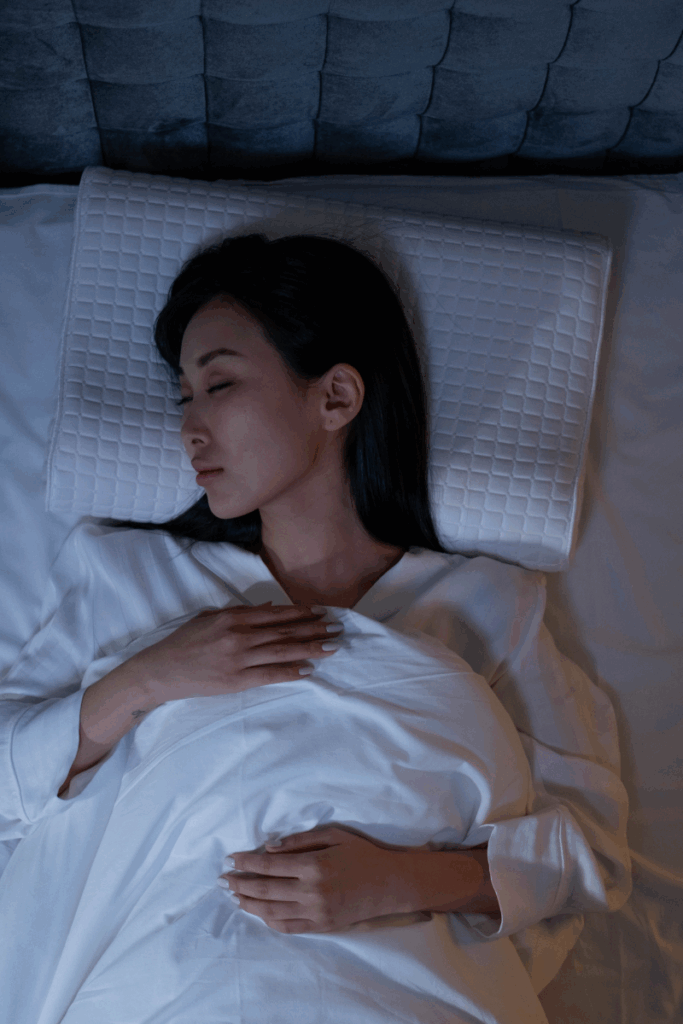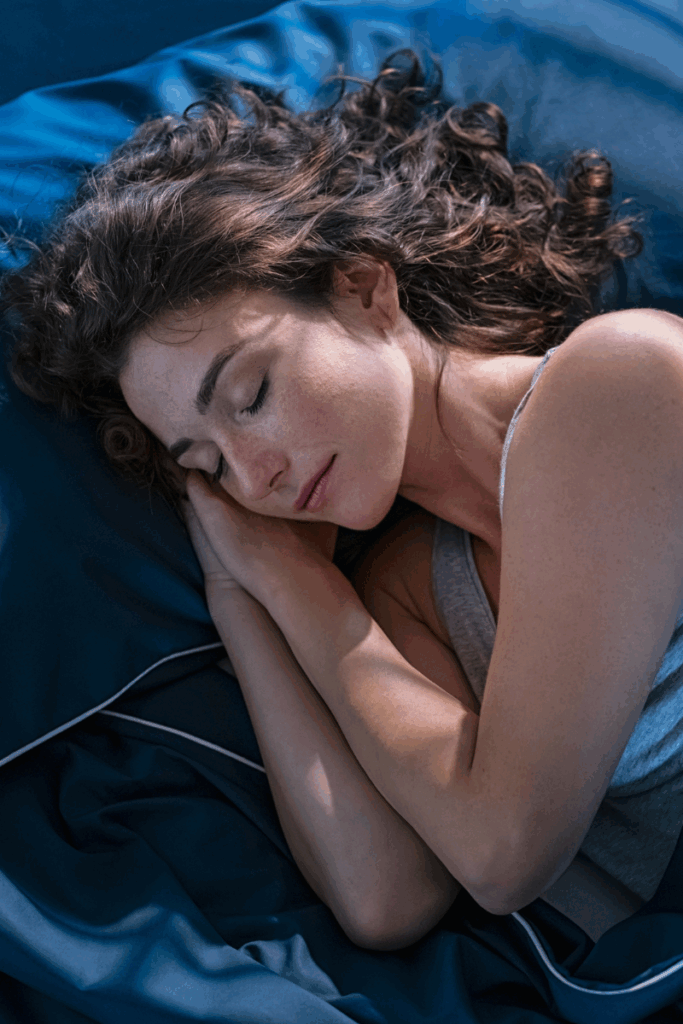Tips for Better Sleep Through Posture and Positioning
Posted by: Reform Physical Therapy in Healthy Living, Physical Therapy Tips, Posture & Ergonomics, Recovery & Flexibility on October 6, 2025


A good night’s sleep is one of the most powerful ways to restore your body, but for many people in Southern Maine, it doesn’t come easily. Patients often tell us they wake up stiff, sore, or restless, even after spending seven to eight hours in bed. Poor sleep posture is a common reason why. The way you position your body at night can either support your spine or place it under stress. At Reform PT, we often help patients adjust their sleep positions to reduce pain and improve rest.
Why Sleep Posture Matters
When you lie down, your muscles and joints should be able to relax fully. If your body is twisted or unsupported, it stays under tension all night. Over time, this can lead to neck stiffness, back pain, and even headaches. For example, sleeping on your stomach often forces your head to one side, straining the neck. Side sleeping without proper support may twist your spine or put pressure on your shoulders and hips. The right posture helps your body recover instead of working against it.
Finding the Best Position for You
For most people, sleeping on the back or the side is healthiest. Back sleeping keeps the spine in a neutral position, especially with a small pillow under the knees to reduce pressure on the lower back. Side sleeping can also be comfortable, but using a pillow between the knees helps keep the hips and spine aligned. If you prefer side sleeping, a supportive pillow that fills the space between your shoulder and head prevents neck strain.
Stomach sleeping is usually the hardest on the spine, but if it’s the only way you can fall asleep, using a very thin pillow—or no pillow at all—may reduce strain on the neck. Adding a small pillow under the hips can also keep the lower back from arching too much.


Choosing the Right Pillow and Mattress
Your pillow and mattress are just as important as your position. A pillow that’s too flat or too thick can force the neck into awkward angles, while a worn-out mattress can sag and throw off alignment. In Southern Maine, where cold winter nights make people curl up tighter, investing in the right bedding is an important step toward healthier sleep. A medium-firm mattress usually offers the best support, and pillows should be chosen based on your preferred sleeping position.
When to Seek Help
If you’ve tried changing your sleep position and still wake up in pain, it may be time to get help. At Reform PT, we can evaluate your posture, identify areas of weakness or tension, and teach you strategies that support your spine both during the day and at night. Sometimes tight muscles or old injuries make it harder to find a comfortable position, and addressing those issues can make a big difference in sleep quality.
Conclusion
Better sleep starts with better posture. By finding the right position, using the right pillow and mattress, and supporting your spine, you can wake up feeling more rested and less sore. If sleep posture is affecting your rest, Reform PT can help. Schedule a consultation today and let us guide you toward nights that truly restore your body.
